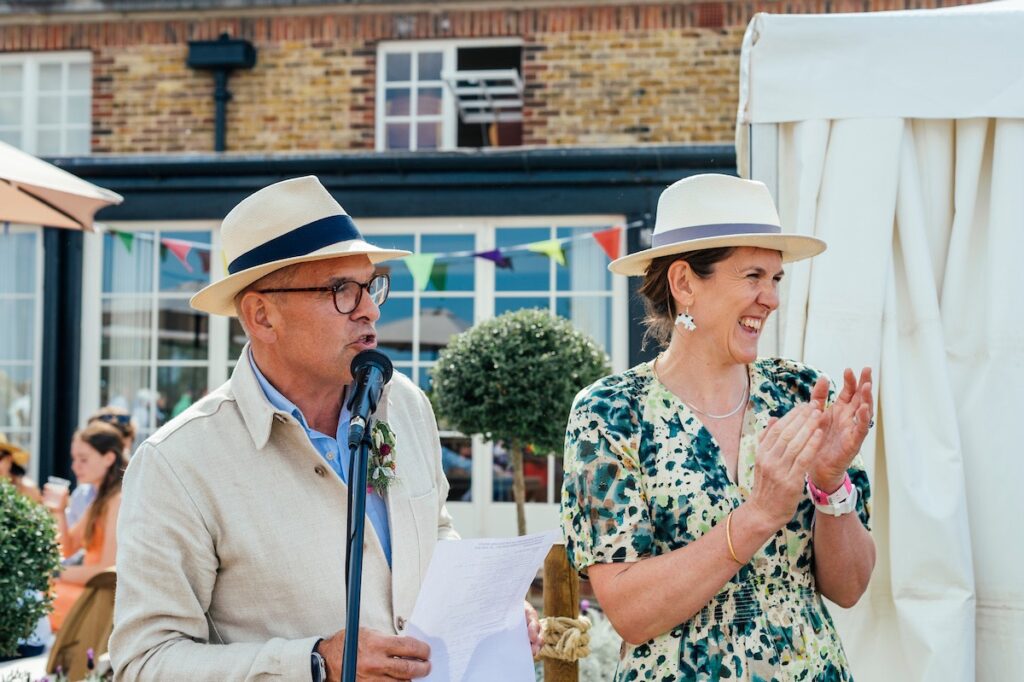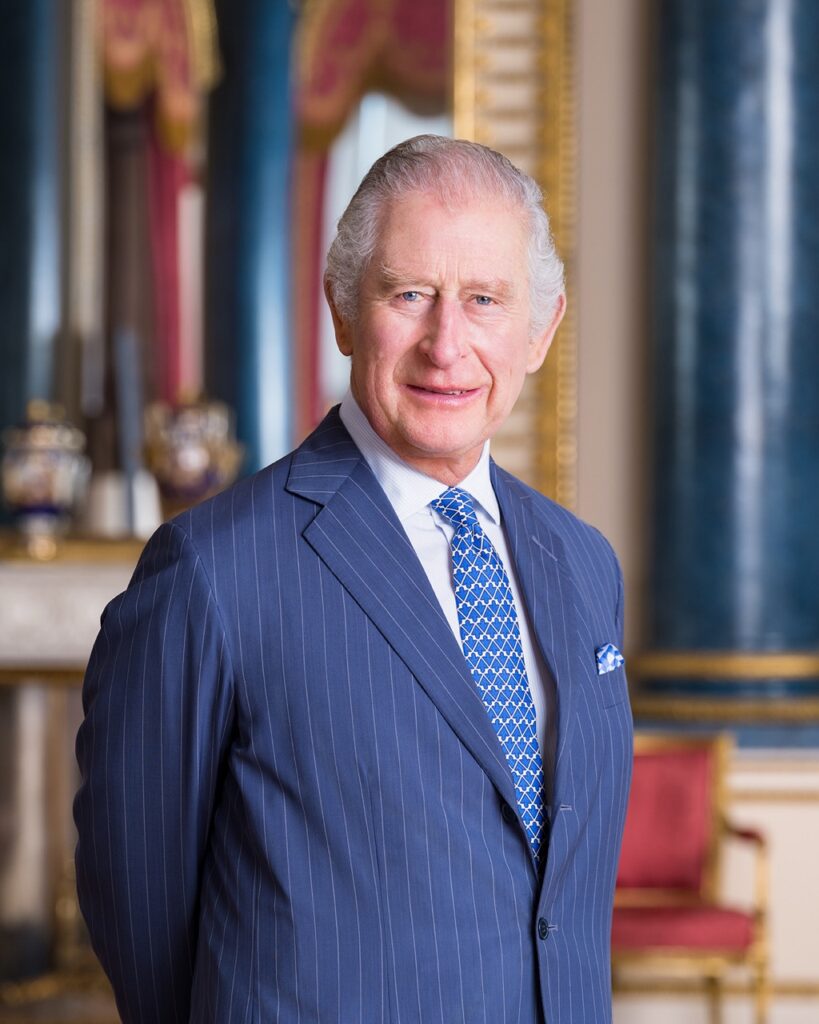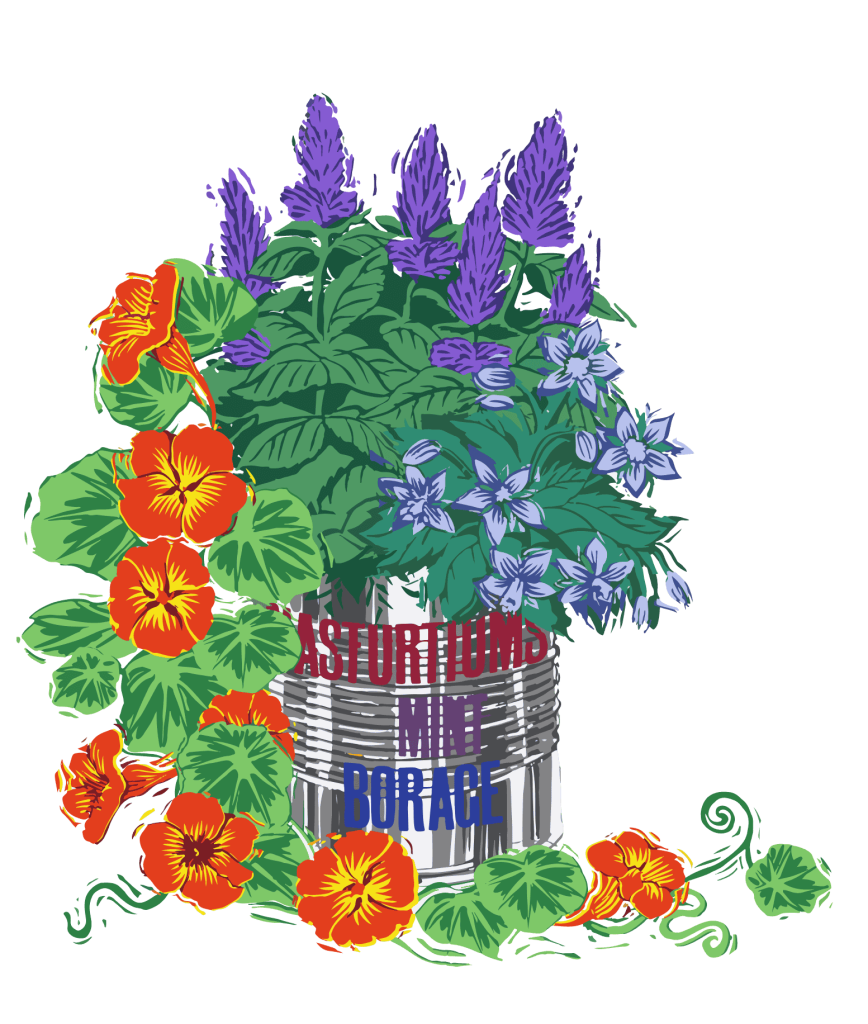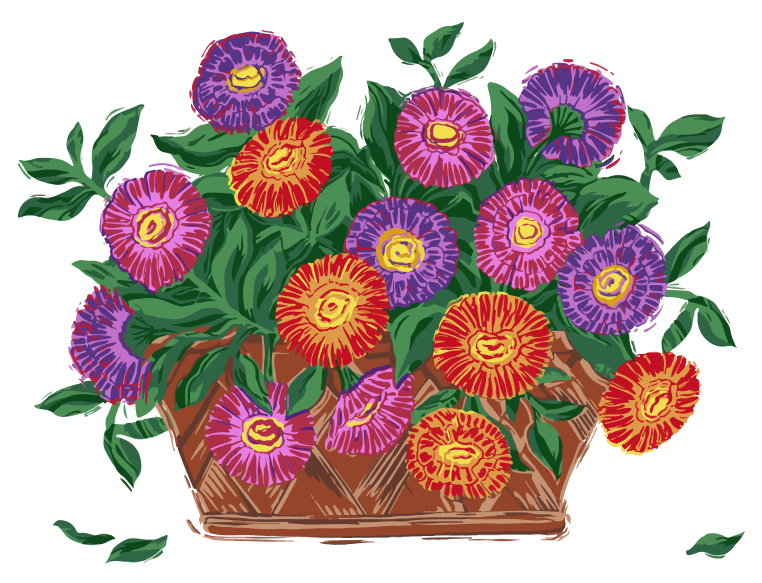About us
The Royal Windsor Rose & Horticultural Society has been celebrating gardening, creativity and community since 1892.

Connecting Through Nature
The society’s charitable objectives are to inspire interest and provide support for educational activities in gardening, nature, cookery and crafts for young people within the community. These objectives are increasingly relevant in today’s screen focused, fast-paced world.

Our Helping Hands
The Royal Windsor Rose & Horticultural Society is a dynamic, fun and inclusive charity run by a team of passionate volunteers. Find out more about how to volunteer and be a part of our team!




